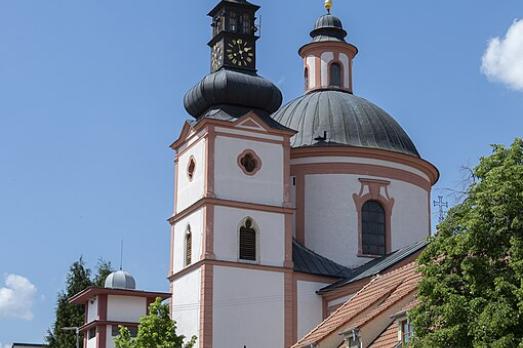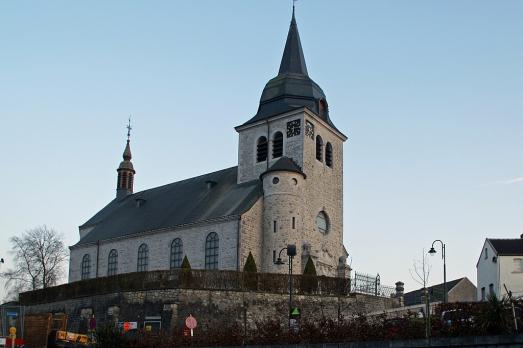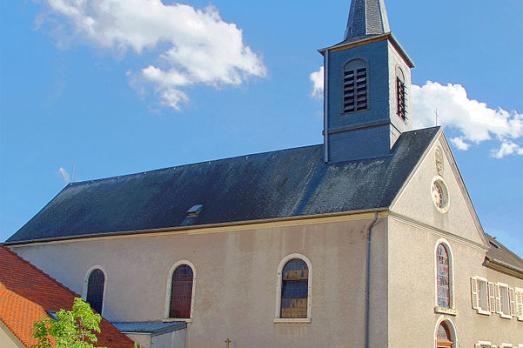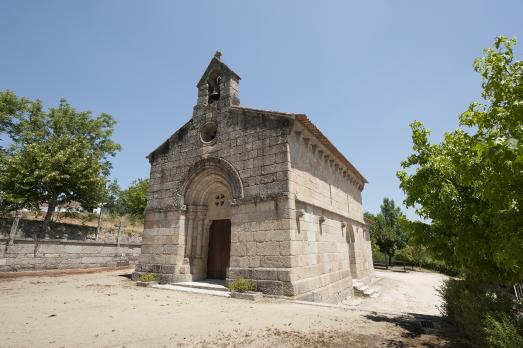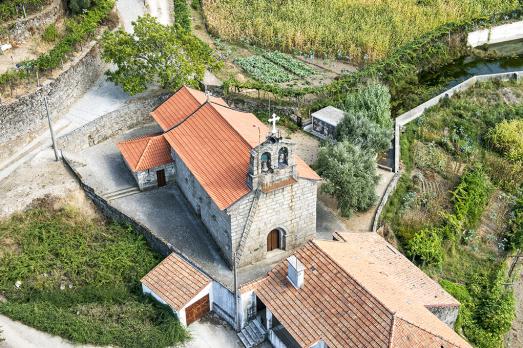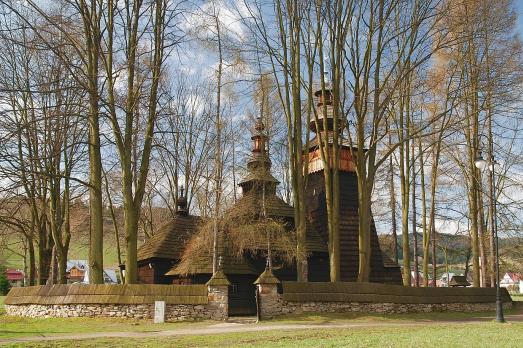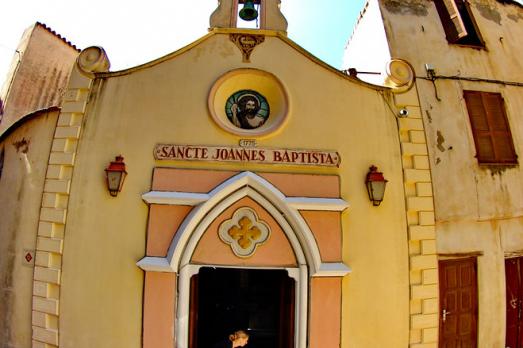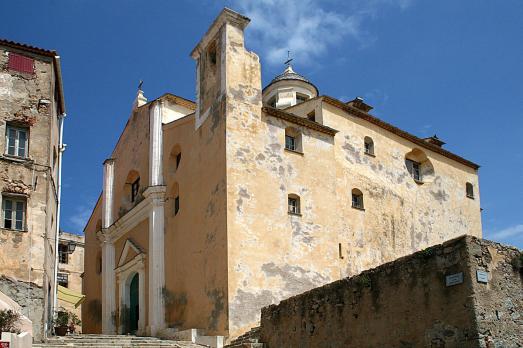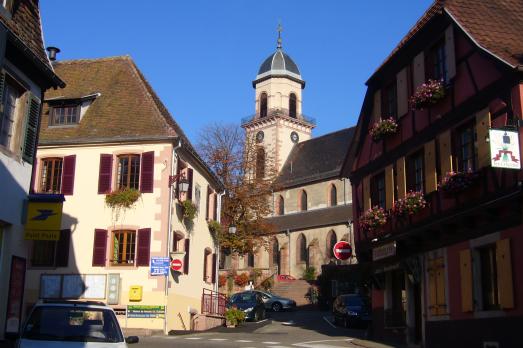
Church of Saint Hippolyte, Saint-Hippolyte
Saint-Hippolyte, FR
This parish church dedicated to Saint Hippolyte dates from the 14th century. It was once surrounded by buildings. Remains of the old choir still remain. The choir and part of the nave date from the 14th, 15th and 16th centuries and are classified as historic monuments. Access to the Church and the old cemetery which was attached to it is from the south side.
